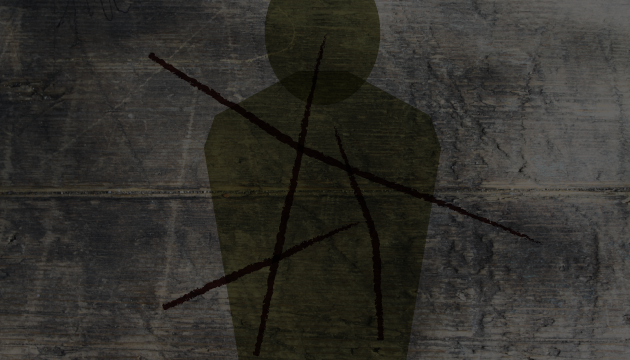“I bear on my body the marks of Jesus”
Galatians 6:17
There is a pattern to our sufferings in this life. For Christians, no hurtful wound is merely random or meaningless. It is the goodness of God’s providence that makes our sorrows meaningful, for suffering always precedes glory, as the Savior said of his own wounding (Luke 24:26).
Paul encouraged the little, struggling church in Galatia with these words full of gospel hope, “I have been crucified with Christ; and it is no longer I who live but Christ who lives in me.” (Gal 2:21). Paul’s identification with Jesus’ death and resurrection is explicitly applied to all believers by the apostle. “If we have been united with him in the likeness of his death, certainly we shall also partake in the likeness of his resurrection.” (Rom 6:5). Our suffering, like Christ’s suffering, will result in our glory. That is the gospel. Our cross will be followed by our crown. This is the gospel teaching of Jesus (Luke 24:26). It is the comfort of Peter’s joy (1 Pet 4:13), the confident assurance of Paul (Rom 8:18), and the crown of Jesus’ reward (Heb 2:9). We bear in our body the marks of Jesus’ death in order that we may likewise bear in our body the glory of his resurrection.
There is a pattern to the many wounds suffered by Paul and recorded in Scripture. That pattern, the composite portrait made of all his suffering, movingly portrays his own theology of conformity to Christ’s suffering, showing that Paul bore scars that were like the scars of Jesus. Consider the “marks of Jesus” displayed in the body of Paul. Paul’s back was scarred by the rod and the scourge (Acts 16: 22; 2 Cor 11:24). Three times he prayed, like Jesus, that God would remove his suffering caused by the thorn he bore in his flesh (2 Cor 12:7-10). His unnamed wound, which God did not remove and to which he, like Jesus, submitted his own will, was a metaphoric “thorn” which recalls the Lord’s own suffering of the crown of thorns and, perhaps also, the wounding in his side. Paul was scarred with the lethal piercing of the viper which fastened to his hand from the sticks he had gathered for the fire on Malta (Acts 28:3). Moreover, while in the Philippian jail, his feet were pinned by the “stocks,” which in the Greek original is “wood,” the same word reserved elsewhere in Acts by Luke only in reference to the cross of Jesus (Acts 16:24; cf. Acts 5:30, 10:39, 13:29).
Paul’s composite scars create an iconic image of the suffering of Jesus. The thorn in the flesh, the scars on his back, the serpent’s piercing of his hand, his feet pinioned by the wood of the stocks. And like Jesus, whose last wound poured out water and blood (John 19:34), Paul wrote of his own approaching martyrdom, “I am poured out like a drink offering” (Phil 2:17; 2 Tim 4:6). Moreover, just like Jesus accepted death with the cry, “It is finished,” (John 19:30), so Paul confronted his coming martyrdom with the claim, “I have finished my course” (2 Tim 4:7). Paul’s sacrificial death emblematically described the last death offering of the Savior Paul served so faithfully, even unto death (Psalm 22:14).
This the story of the Master,
Through the Cross, He reached the Throne,
And like Him our path to glory,
Ever leads through death alone.
… A. B. Simpson
